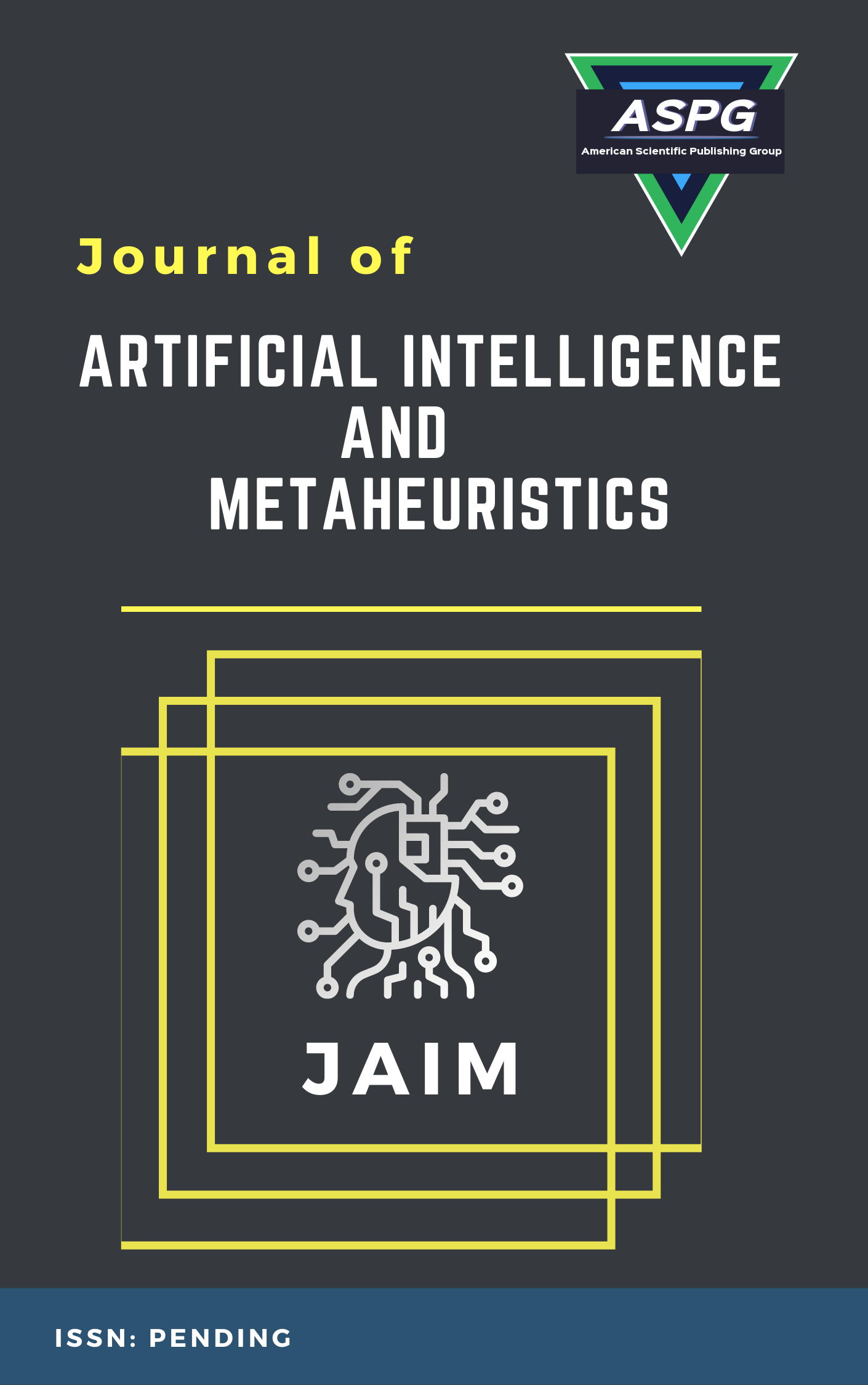

Volume 5 , Issue 2 , PP: 41-46, 2023 | Cite this article as | XML | Html | PDF | Full Length Article
Noor Razzaq Abbas 1 * , Hussein Alkattan 2 , Hamidreza Rabiei-Dastjerdi 3 , Mohamed Saber 4 , Marwa M. Eid 5
Doi: https://doi.org/10.54216/JAIM.050204
Solar radiation constitutes the Earth’s primary energy source and is critical in regulating surface radiation equilibrium, vegetation photosynthesis, hydrological cycles, and extreme atmospheric. On the other hand, the depletion of global fossil fuel reserves mandates the power sector to adopt renewable energy-based sources, including photovoltaic and wind energy conversion systems. Therefore, the precise solar radiation prediction is imperative for climate research and the solar industry. This paper illustrates the use of two machine-learning approaches: random forest (RF) and support vector machine (SVM), to predict surface solar radiation in the Diyala governorate of Iraq for one step ahead, utilizing only lagged monthly time series data of the factor as input predictors. The findings were evaluated using three performance measures: coefficient of determination (R2), root mean square error (RMSE), and mean absolute error (MAE). The results showed that using 10 monthly lags time series as input predictors leads to the best prediction performance. Furthermore, in terms of the RMSE, the prediction performance of the RF algorithm was better than that of the SVM algorithm (RF's RMSE, MAE, and R2 were 181.398, 129.522, and 0.979, while for SVM were 240.149, 184.802, and 0.978, respectively).
random forest , support vector machine , machine learning , solar radiation prediction
[1] Y Yang, P E Campana, B Stridh, J Yan, Potential analysis of roof-mounted solar photovoltaics in Sweden. Applied Energy, 279, 115786, 2020.
[2] M O Moreira, P P Balestrassi, A P Paiva, P F Ribeiro, B D Bonatto, Design of experiments using artificial neural network ensemble for photovoltaic generation forecasting. Renewable and Sustainable Energy Reviews, 135, 110450, 2021.
[3] L Ge, Y Xian, J Yan, B Wang, Z Wang, A Hybrid Model for Short-term PV Output Forecasting Based on PCA-GWO-GRNN. Journal of Modern Power Systems and Clean Energy, 8(6), 1268–1275, 2020.
[4] H Sun, D Yan, N Zhao, J Zhou, Empirical investigation on modeling solar radiation series with ARMA–GARCH models. Energy Conversion and Management, 92, 385–395, 2015.
[5] B T Al-Nuaimi, H K Al-Mahdawi, Z Albadran, H Alkattan, M Abotaleb, E-S M El-kenawy, Solving of the Inverse Boundary Value Problem for the Heat Conduction Equation in Two Intervals of Time. Algorithms, 16(1), 33, 2023.
[6] H Alkattan, M Abotaleb, A A Subhi, O A Adelaja, A Kadi, H K I Al-Mahdawi, The prediction of students’ academic performances with a classification model built using data mining techniques, 2022.
[7] A Alfadda, S Rahman, M Pipattanasomporn, Solar irradiance forecast using aerosols measurements: A data driven approach. Solar Energy, 170, 924–939, 2018.
[8] J Lin, H Li, A Short-Term PV Power Forecasting Method Using a Hybrid Kmeans-GRA-SVR Model under Ideal Weather Condition. Journal of Computer and Communications, 8(11), 102–119, 2020.
[9] T Zhu, Y Guo, Z Li, C Wang, Solar Radiation Prediction Based on Convolution Neural Network and Long Short-Term Memory. Energies, 14(24), 8498, 2021.
[10] S M Awan, Z A Khan, M Aslam, Solar Generation Forecasting by Recurrent Neural Networks Optimized by Levenberg-Marquardt Algorithm, in IECON 2018 - 44th Annual Conference of the IEEE Industrial Electronics Society, 276–281, 2018.
[11] T ZHU, H ZHOU, H WEI, X ZHAO, K ZHANG, J ZHANG, Inter-hour direct normal irradiance forecast with multiple data types and time-series. Journal of Modern Power Systems and Clean Energy, 7(5), 1319–1327, 2019.
[12] S Rahman, S Rahman, A K M Bahalul Haque, Prediction of Solar Radiation Using Artificial Neural Network. Journal of Physics: Conference Series, 1767(1), 012041, 2021.
[13] J Gari da Silva Fonseca, F Uno, H Ohtake, T Oozeki, K Ogimoto, Enhancements in Day-Ahead Forecasts of Solar Irradiation with Machine Learning: A Novel Analysis with the Japanese Mesoscale Model. Journal of Applied Meteorology and Climatology, 59(5), 1011–1028, 2020.
[14] S Ghimire, R C Deo, N J Downs, N Raj, Global solar radiation prediction by ANN integrated with European Centre for medium range weather forecast fields in solar rich cities of Queensland Australia. Journal of Cleaner Production, 216, 288–310, 2019.
[15] S Pereira, P Canhoto, R Salgado, M J Costa, Development of an ANN based corrective algorithm of the operational ECMWF global horizontal irradiation forecasts. Solar Energy, 185, 387–405, 2019.
[16] H Hersbach et al, The ERA5 global reanalysis. Quarterly Journal of the Royal Meteorological Society, 146(730), 1999–2049, 2020.
[17] L Breiman, Random Forests. Machine Learning, 45(1), 5–32, 2001.
[18] T Hastie, R Tibshirani, J Friedman, The Elements of Statistical Learning: Data Mining, Inference, and Prediction, Second Edi. Springer New York, NY, 2009.
[19] S Shalev-Shwartz, S. Ben-David, Understanding Machine Learning: From Theory to Algorithms. USA: Cambridge University Press, 2014.